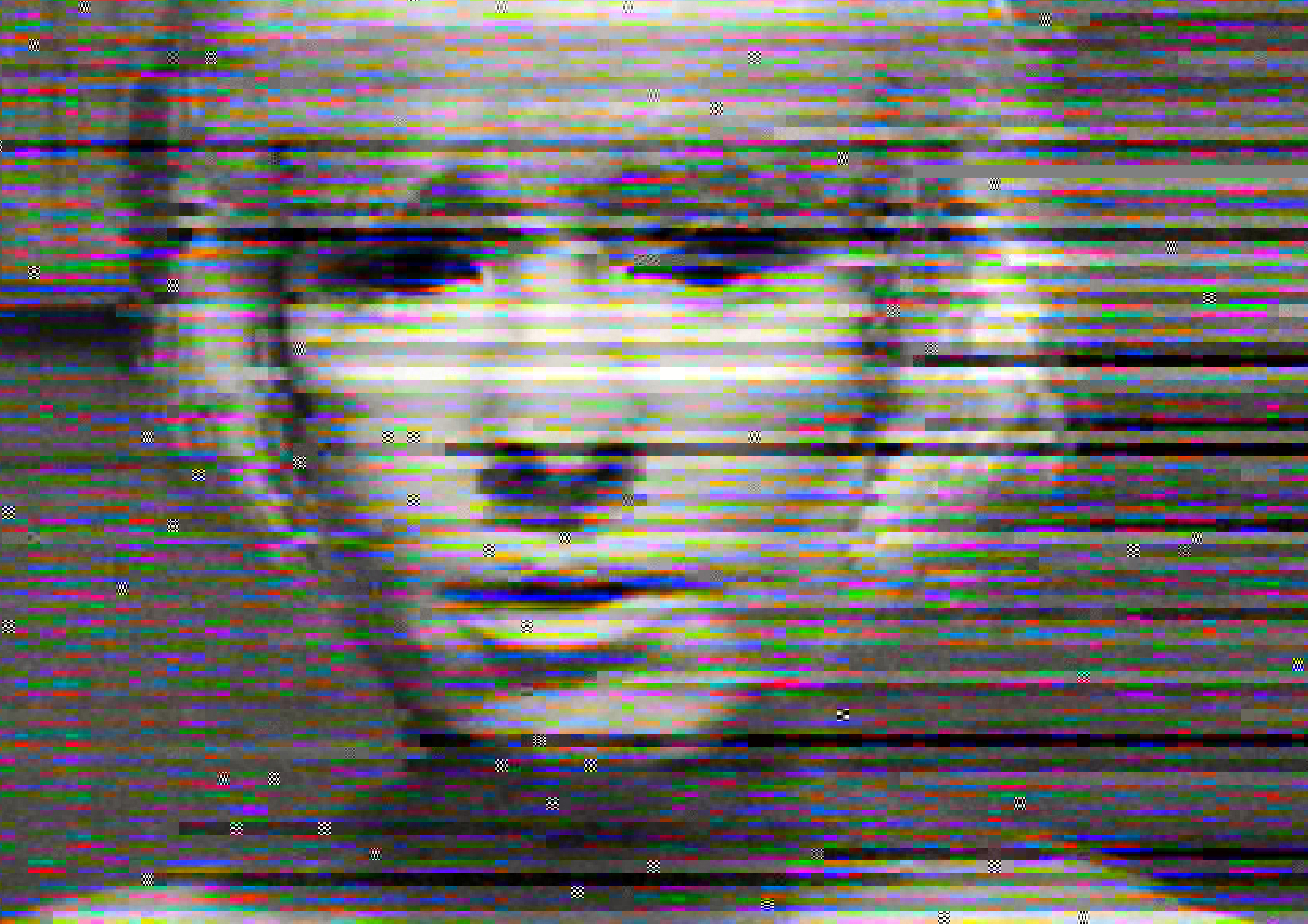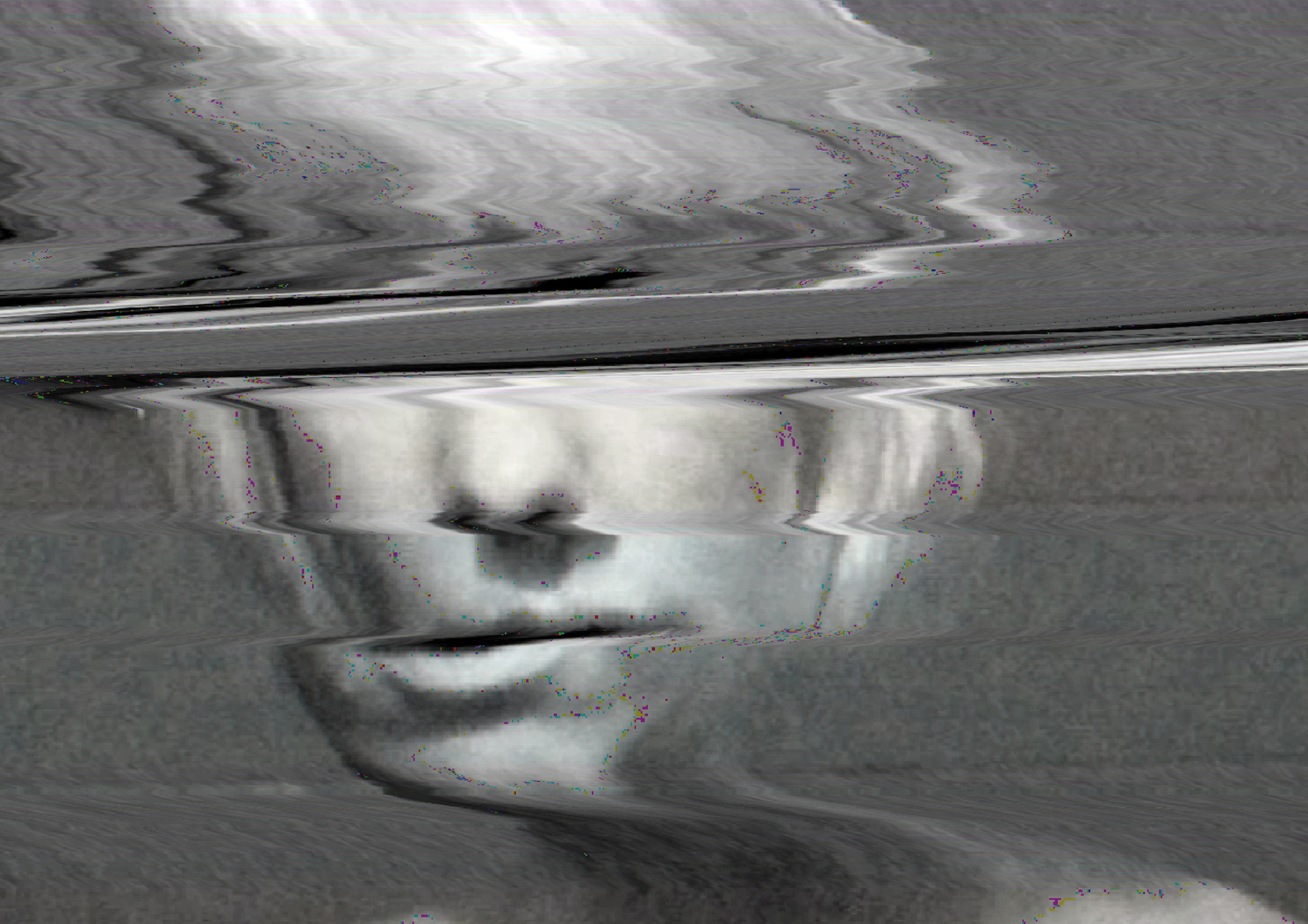
PDF: A Guide to Databend Compression Design, 2010.
The Vernacular of File Formats Archive (16GB of data) is part of the Base collection of Stedelijk Museum Amsterdam since 2016.
A file format is an encoding system that organises data according to a particular syntax. These organisations are commonly referred to as compression algorithms. The choice of an image compression depends on its foreseen mode and place of usage: for instance, is the file meant to be printed or redistributed digitally, what kind of accuracy will be necessary and what software or hardware will render the image?
In some cases the maker chooses not to use any encoding at all, but instead to store the data as an unprocessed file. Images shot by professional photographers for instance, will be shot and stored in a RAW image file format. A RAW image file contains minimally processed data, which normally comes straight from the image sensor (for instance a CCD chip), in order to avoid any impurities (artifacts) that might be involved with image mediation, transcoding or compression.
In A Vernacular of File Formats, I subsequently compressed the source image via different compression languages and subsequently implementing a same (or similar) error into each file, to let the otherwise invisible compression language presents itself onto the surface of the image.
︎︎ flickr documentation
︎Polish translation by Bogumiła Piotrowska, Piotr Puldzian Płucienniczak, Aleksandra Pieńkosz
︎Download the PDF
In the winter of 2016, a 18,9GB digital archive of A Vernacular of File Formats, consisting of original pdfs, a catalogue of databend images, videos and documentation was part of a joint acquisition between MOTI and Stedelijk Museum Amsterdam. ︎sonification workshop
When noise becomes filter art [ or when cool becomes hot ], (2010 / edited 2017)
Glitches are hot. It is clear from what we see on MTV, Flickr, in the club or in the bookstore: while the Glitch: Designing Imperfection (Moradi, 2009) coffee table book introduced a glitch design aesthetic to the world of latte drinking designers, Kanye West used a glitch aesthetic to illustrate his broken love life.
But while glitch design fulfills an average, imperfect stereotype, a filter or commodity that echoes a medium is the message-standard, naturally, the “No Content - Just Imperfection” slogan of hot glitch design is still complimented by cool glitches.
In "The Laws of Cool", Alan Liu asks himself: What is "Cool"? He describes that cool is the ellipsis of knowing what is cool, and withholding that idea. However, as Liu writes, those who insist on asking, are definitely uncool. In an effort to answer the question that cannot be answered, and come full circle on the ellipsis, I will try to give my take on what cool glitch can be. To me, cool glitch is represented by the glitches that do not (only) focus on a static end product, but (also) on a process, a personal exploration or a narrative element (that often reflects critically on a medium). This is why cool is in a constant state of flux; it exists as an assemblage that consists of on the one hand the construction, operation and content of the apparatus (the medium) and on the other hand the work, the writer/artist, and the interpretation by the reader and/or user (the meaning). In the end, there is not one definition of cool glitch art, but many, which depend on the perspective chosen.
To make what was once cool now hot, or visa versa, and to take Designing Imperfection one step further, I hereby offer you A Vernacular of File Formats. In this PDF I describe the ways to exploit and deconstruct the organizations of file formats into new, brutalist designs.
…I am waiting for the first “Glitchs not dead“ peace of clothing in H&M. And because "fans are as bad as the ignorant", for the sake of being bad and ignorant, I will wear it!









Vernacular of File Formats (2009-2010). Photoshop RAW, JPEG, JPEG 2000, PNG, BMP, Photoshop, TIFF, GIF, Targa.
Digital Prints on Dibond (matte finish).
Digital Prints on Dibond (matte finish).





 Vernacular of File Formats ft. Kim Asendorfs Extrafile. Expositie for Re:Visie NFF augustus t/m 30 september 2011.
Vernacular of File Formats ft. Kim Asendorfs Extrafile. Expositie for Re:Visie NFF augustus t/m 30 september 2011.
